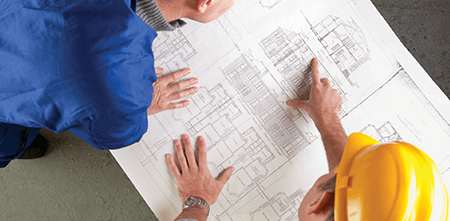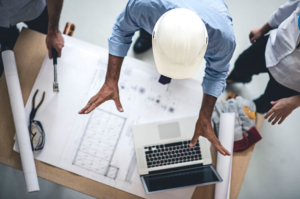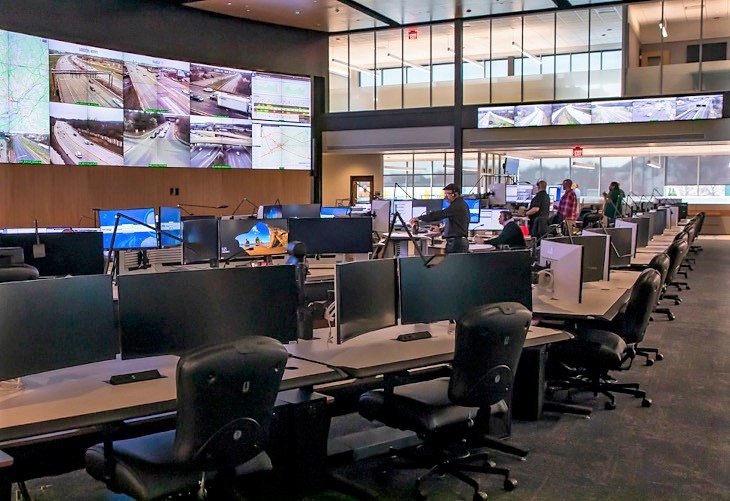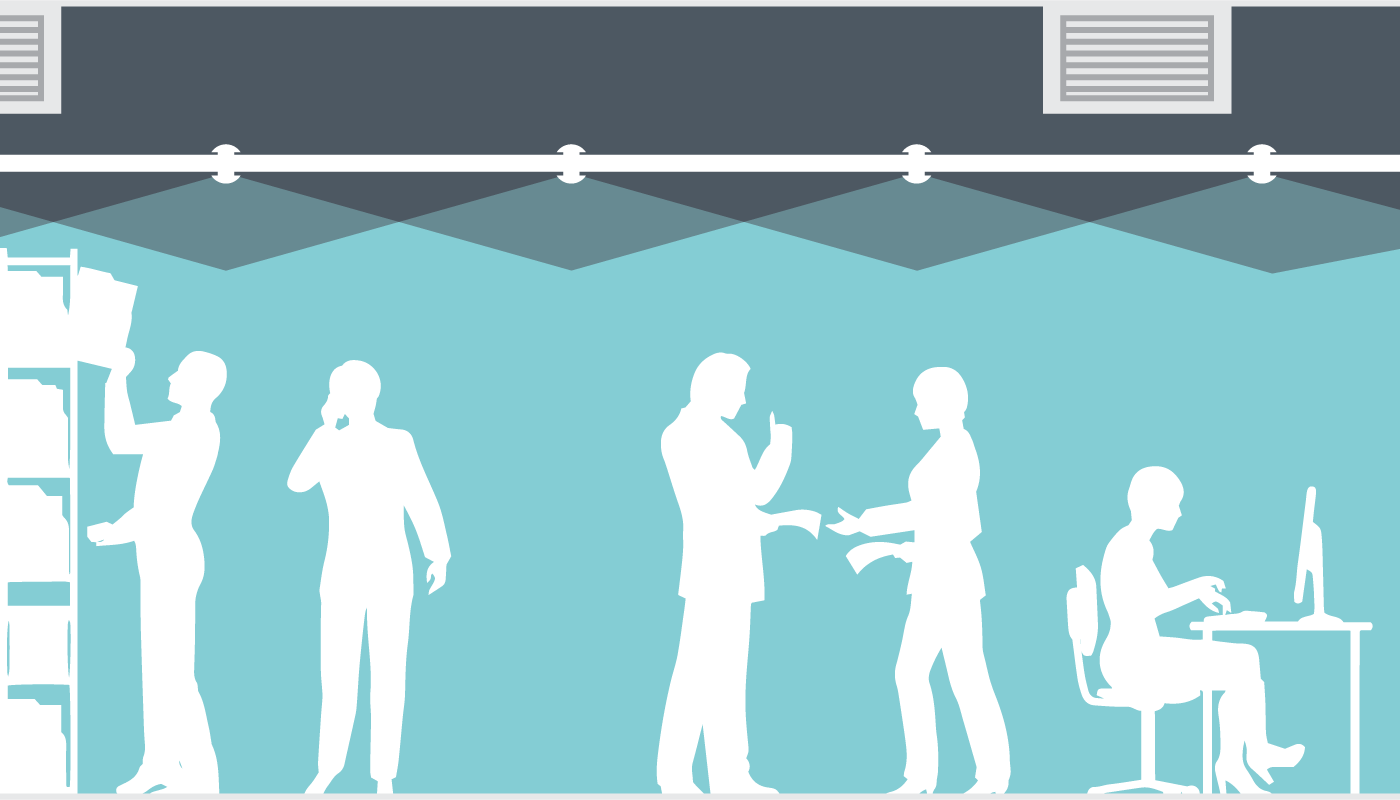
If AV integrators have a tendency to look at the technology details of a design project, architects are more likely to look at the big picture. So how can these two integral designers work together to create one beautifully cohesive installation?
It starts by understanding technology’s role in the workspace. AV design is more than just screens and microphones. The design of the space is built around everything from furniture to acoustics to lighting. For an architect, it’s important to consider technology elements and how form follows function. It’s critical to collaborate early and ensure the new space is set up for success. Continuing to check in through the build and design will not only help build relationships with design partners, but also keep the project on track and running smoothly.
Good communication also helps keep early red flags under control, like lack of network bandwidth, which can cause delays or budget increases as the project progresses. The goal is to keep the project on time and avoid unnecessary delays. Getting AV into the conversation early is an important step in ensuring the finished product meets the client’s expectations.
Future Proof Investments
Technology is advancing rapidly, and this prospect can be daunting to organizations looking to invest in a new system or design. Architecture and AV working together creates opportunities to plan for the future. A well-designed system is built around a central function that is flexible enough to accommodate steadily evolving “human interface” technologies like projectors, touch screens, and streaming devices.
Designing for the future means leaving room to grow, whether a company expands and requires a larger table, more monitors, or even additional systems. Anticipating these needs can help guide the design and avoid limiting possibilities.
There is the conference room screen, the tinny sound of a laptop speaker, and then there is experiential design. Experiential design gets you beyond the one-dimensional. It has the potential to sweep people into a memorable, multi-dimensional experience.
Clients and architects will have potentially grand visions for the experiential design environment. Experiential design should get people’s attention, but it should not get in the way. The utility, accessibility, and the environment should be taken into account when building a new system.
At the end of the day, design is all about user experience. With these elements taken into consideration, creating a cohesive design between AV and architects can create a connected, collaborative world.
Talk to Us About Your Project
Too busy to chat right now?
Send us a message.







